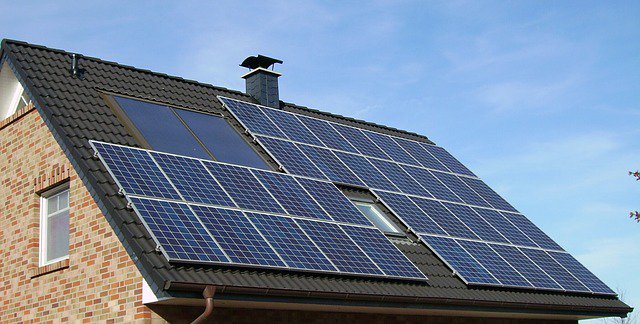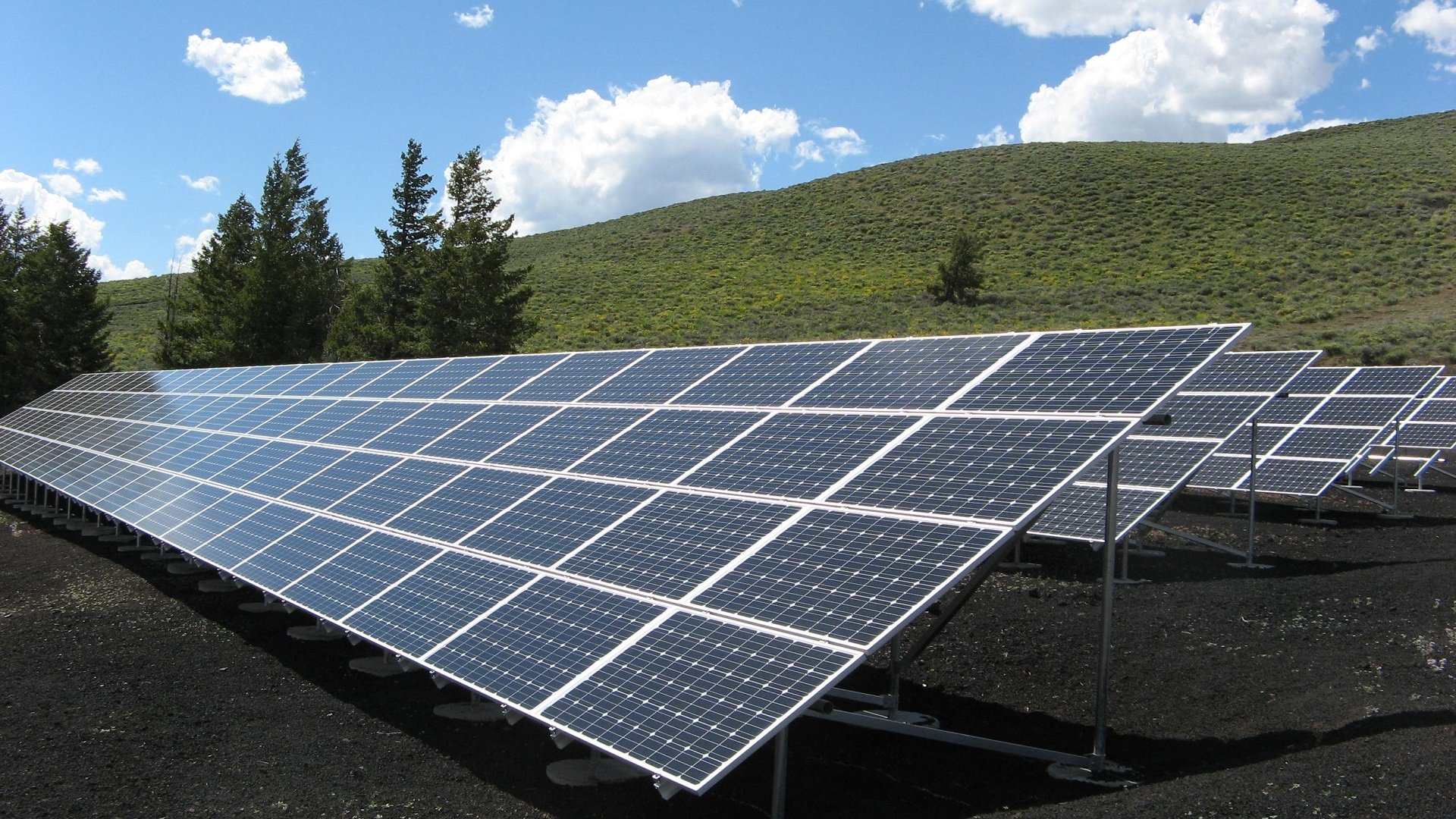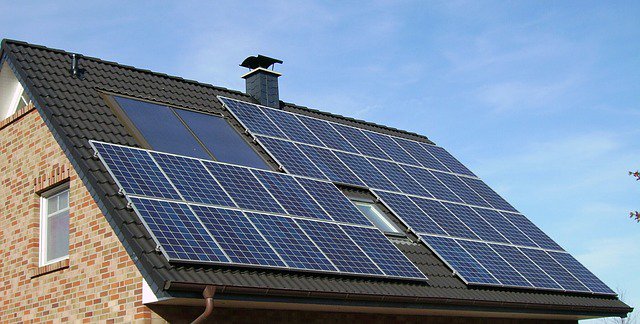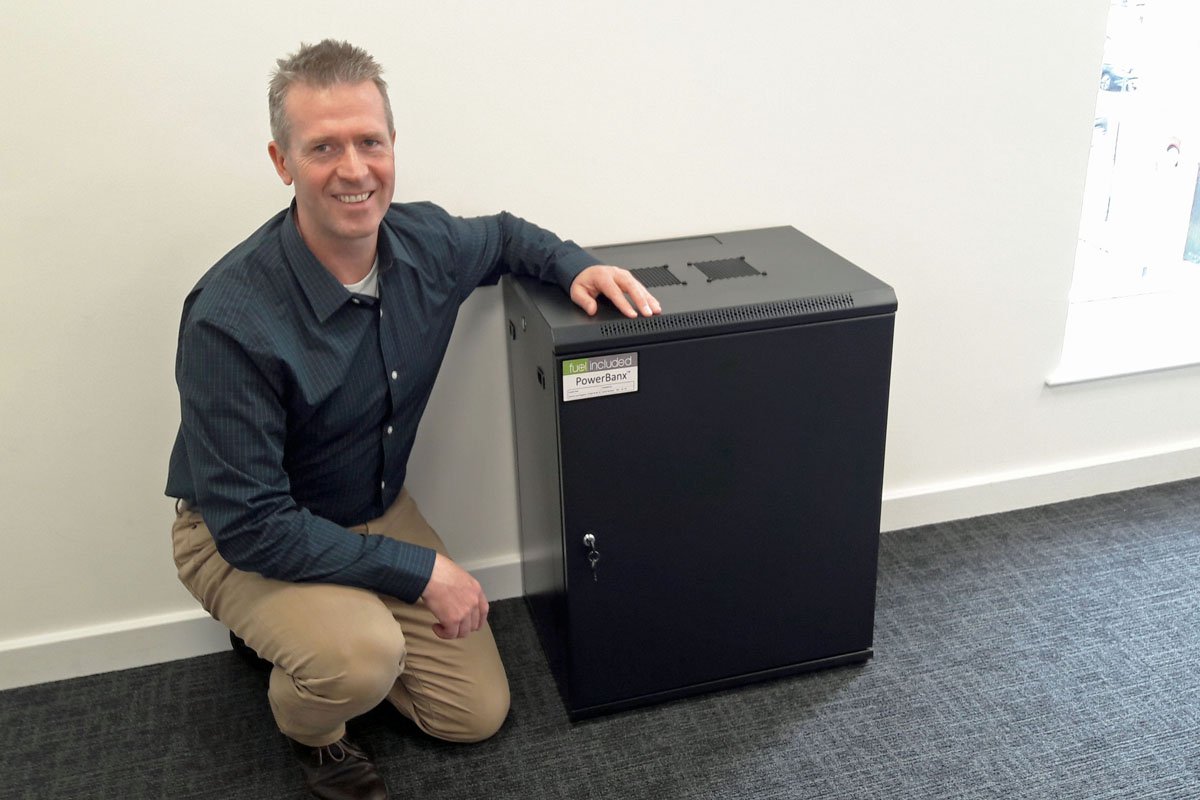Battery storage now looks like a bargain
The sun provides us generously with more than 5000 times as much energy as we need. Deserts alone receive solar energy in excess of 450 times our annual usage. When factoring in wind energy on top of this, we have access to an abundance of renewable energy - much more than humanity will ever be











